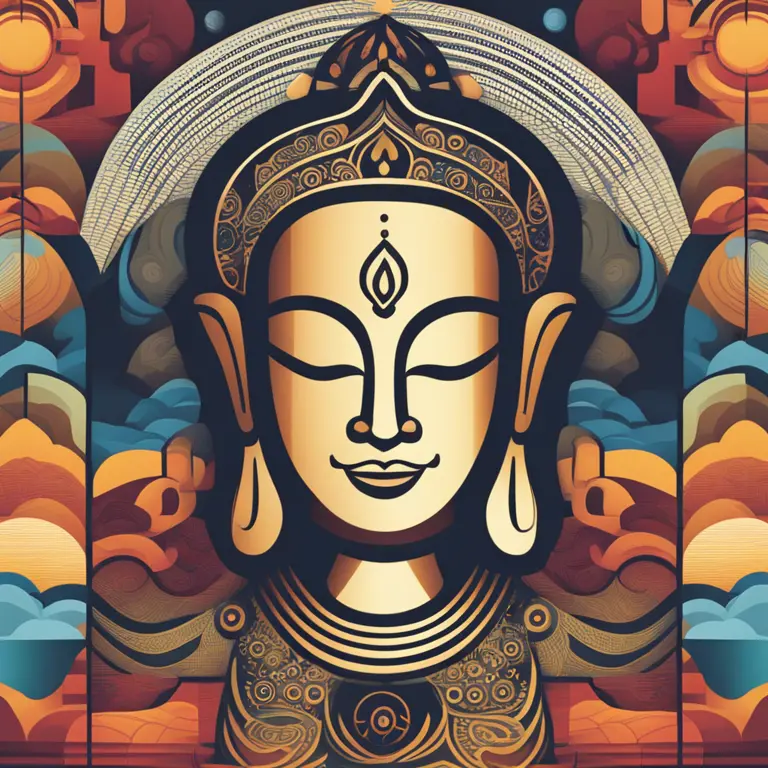
The Serenity of Meditation Techniques
Delve into the calming practices of meditation techniques that align with contemporary holistic wellness practices.
article by Hina Kurosawa
Introduction to Meditation Styles
Meditation's roots run deep into history, predating the modern calendar, yet its methods are more relevant today than ever. As we sail through the digital age's tides, individuals seek refuge in the practice's tranquility. A variety of techniques have evolved, adapting to lifestyles from the ascetic to the entrepreneur. This article sheds light on time-honored and novel meditation methods that can help forge a harmonious balance in our frenetic world.

Understanding the Basics
At its core, meditation is the discipline of focusing one's mind for a period to achieve mental clarity and emotional calmness. While once rooted primarily in religious contexts, it has transcended spiritual domains to become a mainstream tool for stress relief and self-improvement. The art of meditation is diverse, offering a plethora of practices suited to different preferences, from mindfulness to movement-based techniques like yoga or tai chi.

Mindfulness Meditation
Mindfulness is a meditation technique that encourages acute awareness of the present. This practice involves observing thoughts, feelings, and sensations without judgment. Resonating with the ethos of an increasingly conscious society, mindfulness has gained momentum in psychological therapies and corporate wellness programs, reflecting its efficacy in reducing stress and enhancing productivity.

Focused Attention Meditation
This technique revolves around concentration on a single point, be it breath, a mantra, or a visual element. The simplicity of focused attention meditation makes it a favorite for beginners seeking a direct path to mental quietude. It sharpens the mind's ability to remain present and can be a fundamental exercise for those pursuing deeper meditative states.

Transcendental Meditation
Transcendental Meditation, or TM, a movement that gained widespread attention in the latter half of the 20th century, remains influential today. Practitioners of TM repeat a personal mantra—a specific sound or phrase bestowed upon them—which effortlessly steers them toward heightened states of being. TM's structured approach and the promise of profound restfulness continue to attract a global audience.
Movement-Oriented Techniques
Meditative movements like yoga and tai chi combine physical postures and controlled breathing to achieve a meditative state. The awareness brought to movement harmonizes body and mind, facilitating a dual exercise of health and mental serenity. These practices have been particularly adept at embedding themselves into the offerings of modern wellness retreats and fitness regimes.
Technology and Meditation
In our data-driven age, meditation has interfaced with technology in myriad ways. From apps that guide users through various techniques to wearable devices that monitor physiological responses during meditation, technology has made these ancient practices more accessible and quantifiable. The symbiosis of meditation and tech underscores the practice's adaptability and the collective yearning for inner peace amid external chaos.
Integrating Meditation in Daily Life
Incorporating meditation into a daily routine can be a transformational habit. Carving out as little as a few minutes each day to meditate can elevate one's quality of life, fostering a greater sense of calm and resilience. Moreover, as the global pace continues to accelerate, grounding oneself through meditation could be the anchor many seek in navigating life's perennial flux.
Published: 2/12/2024
Modified: 2/12/2024
More predictions
Come back here soon to learn more about yourself and your future


The Benefits of Meditation Music
Discover the benefits of meditation music for enhancing mindfulness practices and spiritual alignment, while diving into the celestial influence on your inner peace journey.


The Harmony of Meditation Music: A Journey Within
Discover the serene power of meditation music to enhance your mindfulness practice and spiritual pursuits on your personal journey.


The Impact of Meditation
Delve into the heart of meditation and its profound impact on mind, body, and spirit in our fast-paced world.